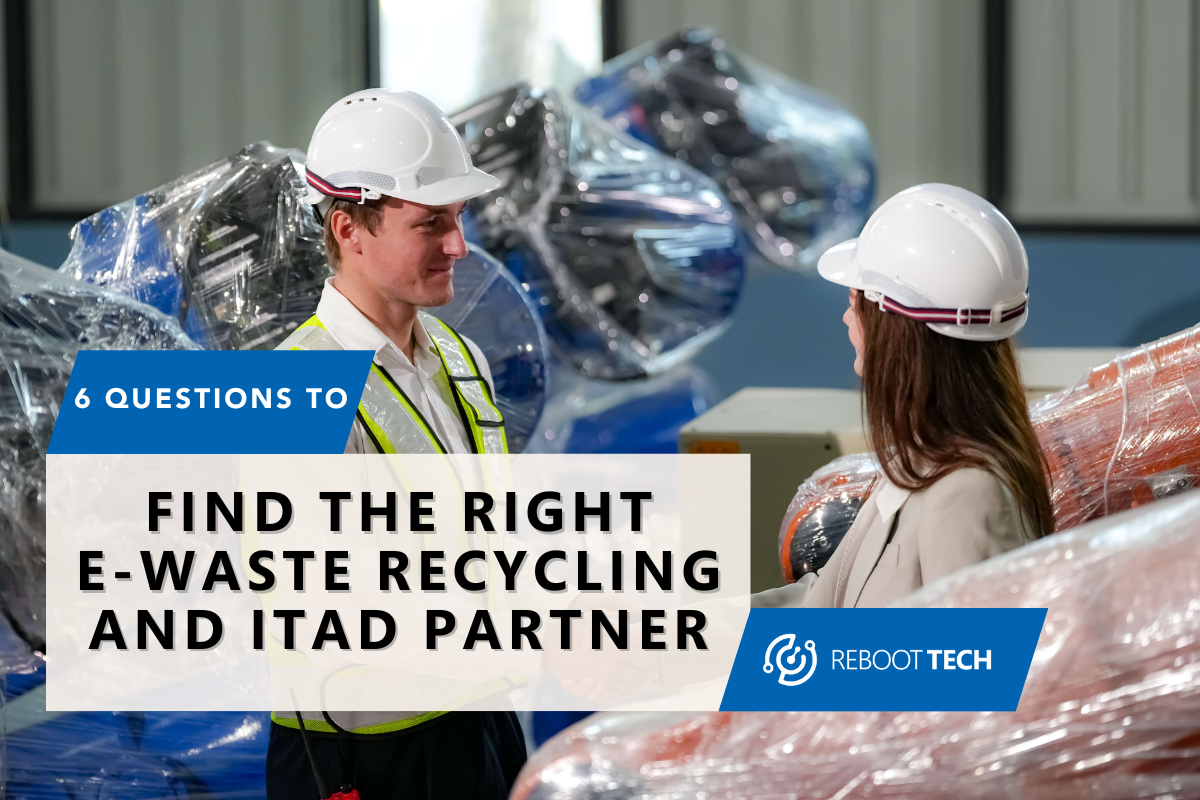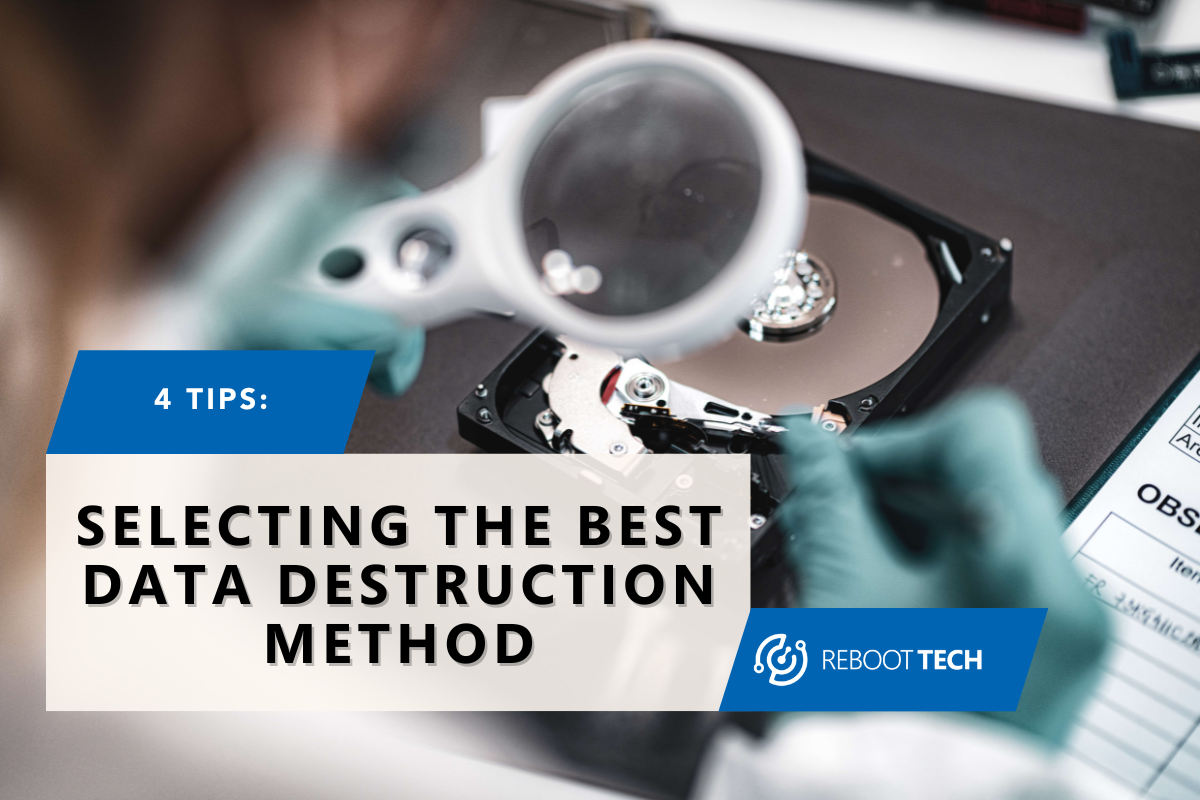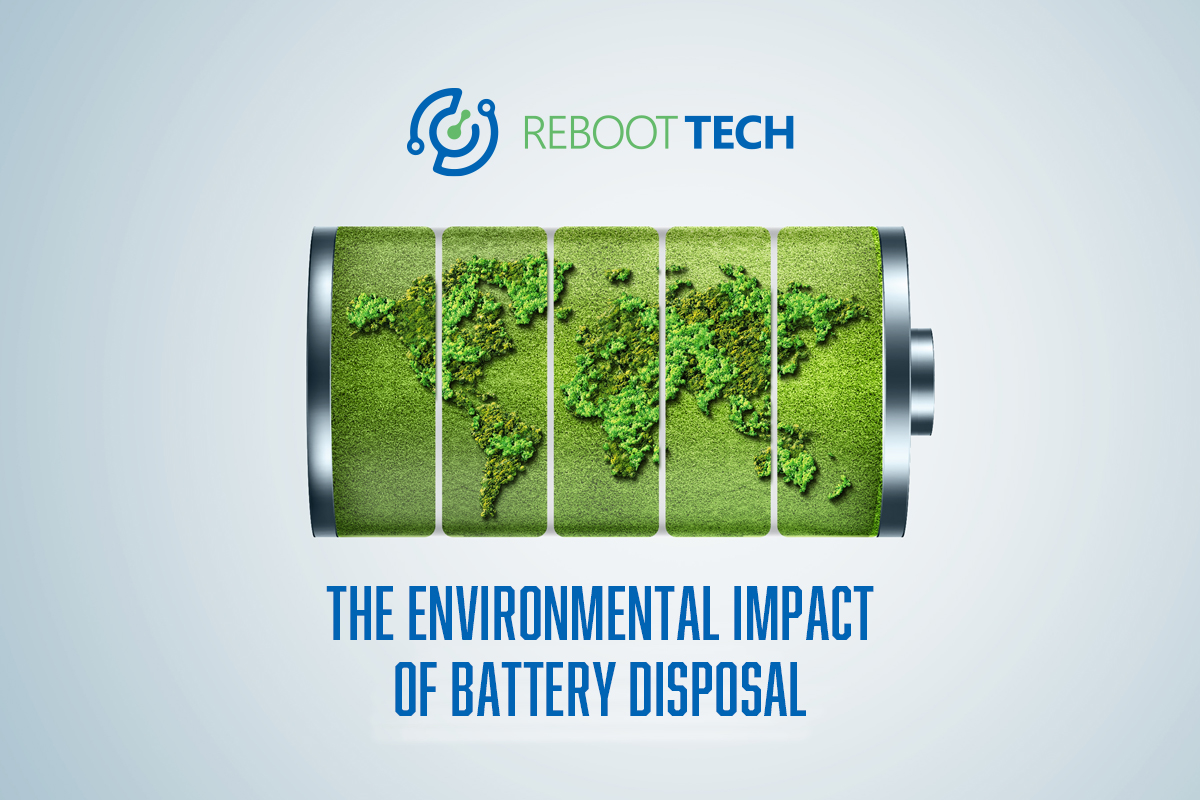
The Environmental Impact of Battery Disposal
Batteries power our lives, but what happens when they reach the end of their lifespan? Disposing of batteries incorrectly can harm the environment by polluting water, causing fires, and adding to air pollution.
Besides those risks, e-waste products contaminate soil and mess up ecosystems. Those chemicals from batteries can reach groundwater, which creates serious health risks to humans, natural resources, and wildlife. This article will talk about different types of batteries, how they affect us, and proper e-waste management. We will cover the types of batteries, and how they can impact us. Lastly, we will provide information on the correct way of battery recycling.
Types of Batteries:
There are many kinds of batteries, but two common types are lead-acid and lithium-ion. Lead-acid batteries are mainly used in cars and backup power systems so they can provide a good flow of electricity. They are reliable sources of power.
Lead-acid batteries are commonly found in vehicles and backup power systems. They are known for their ability to deliver a consistent supply of electricity. They are also heavy and durable, which makes them good for vehicles and places where power needs to be consistent.
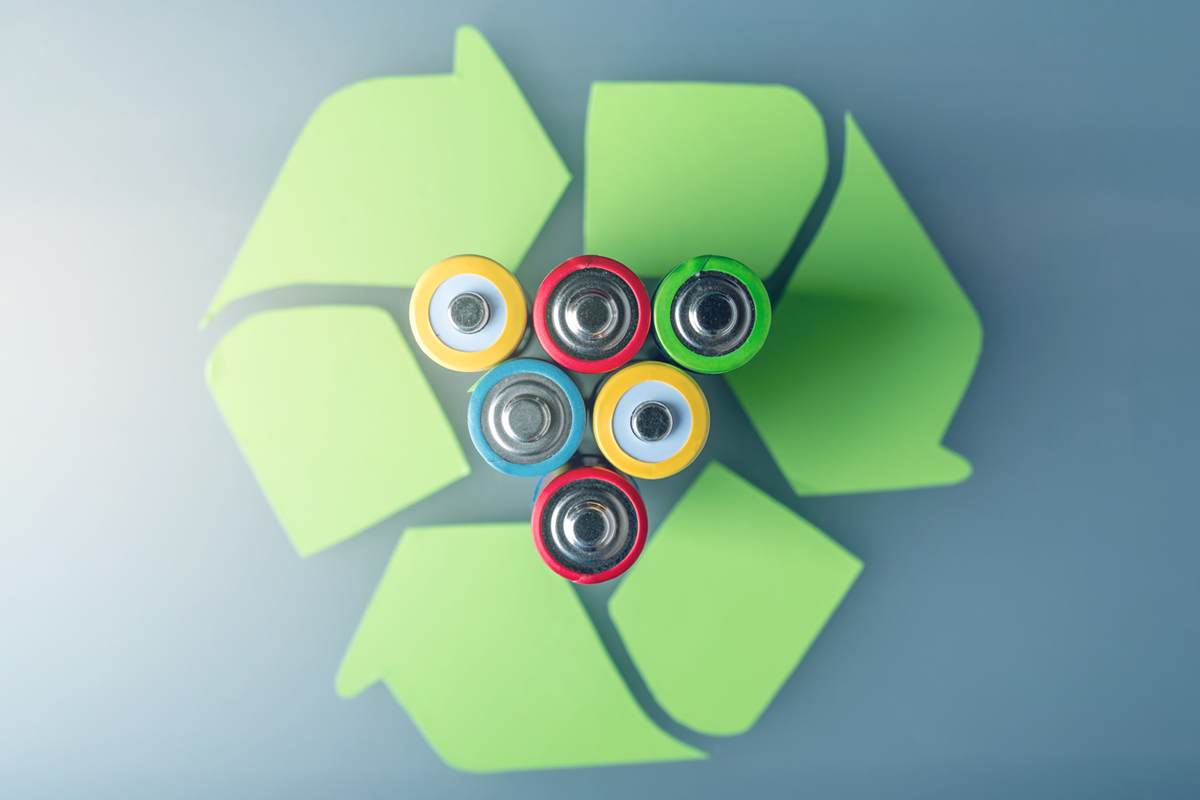
Lithium-ion batteries are used in phones and laptops. They are light and can hold a lot of energy in a small size. This makes them perfect for gadgets that need to be small and light enough to carry around. While these things are necessary, they can lead to a lot of environmental harm if we don’t use good e-waste disposal techniques. Rechargeable batteries can help prevent this by being reusable as well.
Environmental Impact of Lead-Acid Batteries:
Lead-acid batteries can be harmful because of their lead content. If not disposed of correctly, they can leak lead into the ground and water, harming plants, animals, and people. They can also catch fire easily, which is dangerous for the environment and our health, leading to air pollution and potential respiratory problems in nearby places.
Environmental Impact of Lithium-Ion Batteries:
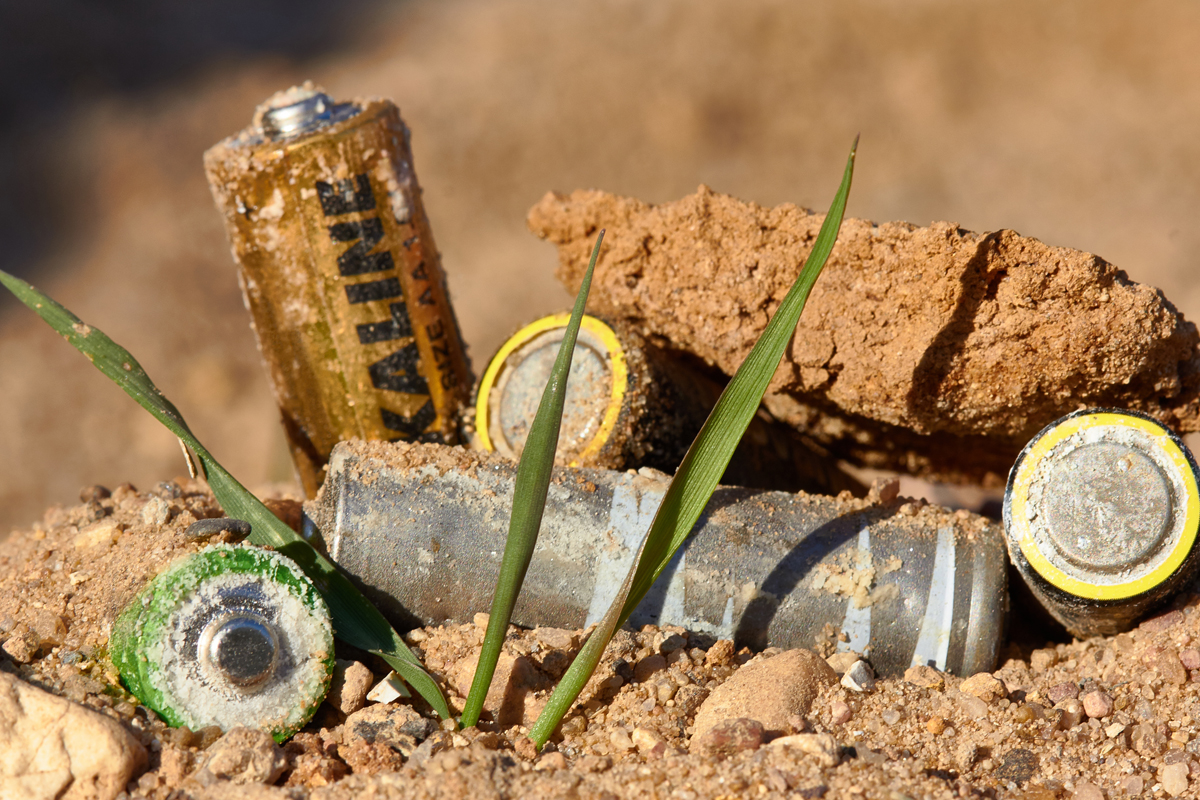
Lithium-ion batteries, though efficient, can also cause problems if not disposed of properly. When thrown away, they can release toxic substances like lithium and cobalt into the ground and water. If damaged or exposed to high heat, they can start fires, releasing harmful fumes into the air, and endangering both the environment and human health with their potential for long-lasting damage.
Recycling Batteries:
The best way to lessen the harm from battery disposal is by recycling those materials. Recycling involves safely taking out reusable/raw materials like lead and lithium from old batteries and using them to make new products. This helps save resources, reduces pollution, and cuts down on the need for mining.
When recycling batteries, it’s good to use certified recycling facilities that follow strict rules to protect the environment and people. Many places, including local governments and private groups, offer recycling programs to recycle batteries, curbside collection, or other convenient ways, making it easy for everyone to do their part.
It’s important to dispose of batteries the right way instead of putting them in the trash, to keep the environment and our health safe. Whether they’re lead-acid or lithium-ion, throwing batteries in the trash or leaving them in landfills can pollute the air, and water, and cause fires. Recycling batteries saves resources, reduces pollution, and makes our planet healthier. By using certified recycling centers and staying informed, we can all help protect the environment and ensure a healthy future.




